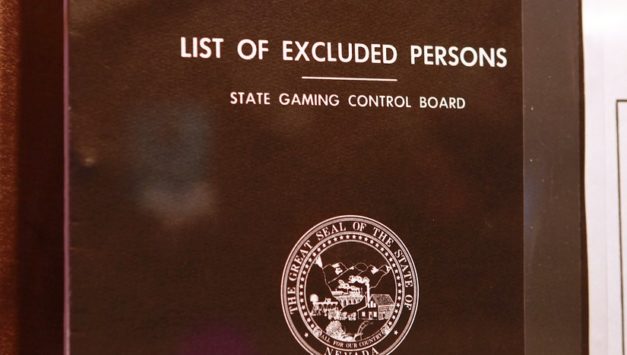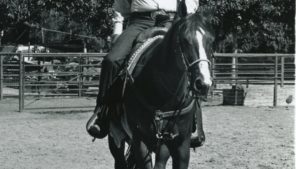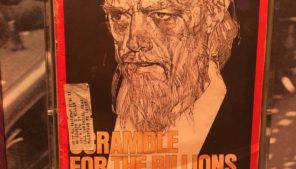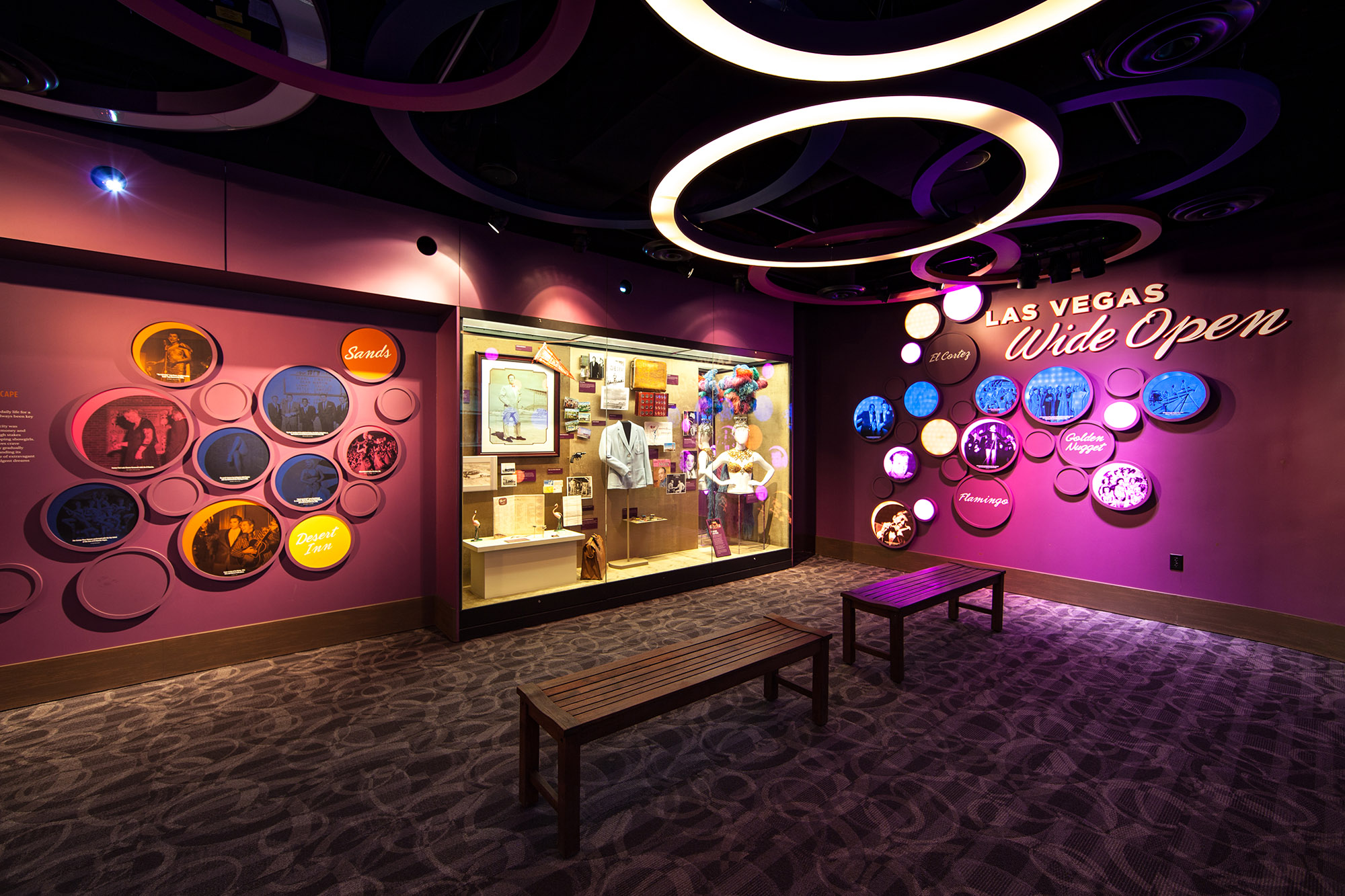
Overview
As law enforcement across the nation cracked down on illegal gambling, mobsters cast their eyes toward Las Vegas. Why worry about the next police raid of your illegal gambling hall when you could operate legally in Las Vegas? In the 1940s and ’50s, Mob-connected individuals were responsible for the bulk of the resorts on the Las Vegas Strip, transforming this remote railroad town into an international gambling destination. Las Vegas was regarded as an “open city,” which meant any Mob syndicate could invest here. They came from all over: Los Angeles, New York, Chicago, Cleveland, Miami and beyond.
The Fabulous Flamingo exhibit within Open City chronicles the dramatic story of Benjamin “Bugsy” Siegel and the opening of the iconic, Mob-run Flamingo Hotel. Key artifacts include the original down payment check for the land on which the Flamingo was built, a legal document signed by Benjamin “Bugsy” Siegel and an authentic invitation to the Flamingo’s three-day grand opening.
Gallery

The Black Book, issued by the Nevada Gaming Control Board, is a list of persons excluded from casinos. The Black Book included many organized crime figures, including Tony Spilotro.

Tony “The Ant” Spilotro was a Chicago mobster who came to Las Vegas as an enforcer and branched out to form a burglary ring called the “Hole in the Wall Gang.”

The Moulin Rouge was the first racially integrated hotel-casino in Las Vegas. It was a popular attraction during its brief five-month run before it closed down.

FBI agent Marc Kaspar used these handcuffs to arrest Tony Spilotro in 1983.

Ralph Lamb, known as the “Cowboy Sheriff,” was sheriff of Las Vegas from 1961-1979.

Sheriff Ralph Lamb cracked down on mobster activities in Las Vegas in the 1960s and 1970s.

This powder blue jacket was worn by staff at the Desert Inn, which Moe Dalitz controlled on behalf of the Cleveland Mob.

Howard Hughes was a reclusive and eccentric billionaire who moved to Las Vegas and bought six casinos, most of them from the Mob.













